The week at a glance
- Possible Scopoli's Shearwater in Scilly waters
- Good numbers of both Cory's and Great Shearwaters in western areas
- Light sprinkling of scarce passerines in the Northern Isles
- Stilt Sandpiper still in Northumberland
Last week we mentioned that the weather, for western areas in particular, was set to become really quite hairy but, as it happened, the remnants of the now upgraded ex-Hurricane Bertha were not particularly severe as she dissipated quickly while crossing the Atlantic. Still, it was fairly unsettled at times, with some quite gusty spells in exposed western areas and plenty of rain: up to a month's worth fell in a period of hours in some areas.
Unsurprisingly, with such an unsettled aspect to the weather, seawatching was the week's primary focus, and both large shearwaters put in prominent showings. The peak count of Cory's Shearwaters came from a particularly fruitful Scilly pelagic on Friday 8th (though all of the week's 'Birder Special' pelagics were a success), with 200+ noted alongside over 40 Great Shearwaters and what looks to be a good candidate for a Scopoli's Shearwater — if confirmed, the latter would be only the second record for Britain.

Possible Scopoli's Shearwater, at sea, Isles of Scilly (Photo: Gary Thoburn)
Smaller numbers of both Cory's and Greats were noted from various boat trips in Cornish and Scilly waters during the week, including the Scillonian III, which must also have offered fortunate observers some great views. From the Cornish mainland Porthgwarra was particularly consistent, with sightings of both species on 6th and then again daily from 9th; the peak count was 51 Cory's past during the evening of 11th. Pendeen, always a little more specific in its meteorological requirements, was the chosen location for over sixty observers on Sunday 10th and 35+ Greats and 15+ Cory's passed throughout the day. There were also a few reports from elsewhere in the south-west, with Portland (Dorset) registering Cory's on 11th and 12th. An isolated North Sea report came from Whitburn (Durham) on 10th.

Great Shearwater, Penzance, Cornwall (Photo: Paul Semmens)

Cory's Shearwater, Scilly pelagic, Isles of Scilly (Photo: Joe Pender)
Over in Ireland, Galley Head (Cork) did well in a southerly on Saturday 9th, with 44 Cory's and 27 Greats, though conditions were otherwise not conducive to quality seawatching from the southern Irish coast. Meanwhile, a more productive week for Mayo saw 33 Cory's and four Greats pass Kilcummin Head on 10th, with 18 Greats and seven Cory's past Annagh Head the following day. Birds were even seen as far north as Donegal, with nine Cory's and eight Greats past Malin Head on 11th and smaller numbers at Melmore Head.
Among these, rarer species were noted, with Fea's-type Petrels past St Agnes (Cornwall) and Kilcummin Head (Mayo) on 10th. The latter was later seen past Annagh Head (Mayo) exactly three hours and nine minutes after it passed Kilcummin, remarkably mirroring an occurrence in back in 2007 when another Fea's flew past Kilcummin, only to pass Annagh three hours and twenty minutes later! Wilson's Storm-petrels this week included records from Scilly pelagics on 9th, 10th and 12th, the last date the only multi-occurrence when three birds were seen. Wilson's Petrels also passed the Bridges of Ross (Clare) on 8th and 12th.

Wilson's Storm-petrel, Scilly pelagic, Isles of Scilly (Photo: Joe Pender)

Wilson's Storm-petrel, Scilly pelagic, Isles of Scilly (Photo: Joe Pender)
Seabirds were otherwise relatively hard to come by, with a relative paucity of Balearic and Sooty Shearwaters in British and Irish waters; Sabine's Gulls included two in The Minch (Highland) on 8th, one from the Scillonian, three past the Bridges of Ross on 11th and another reported past Milford-on-Sea (Hants) on 10th. After a short hiatus, the Long-tailed Skua was again back in West Sussex, proving popular as it patrolled the coastline around Church Norton and Selsey.

Sabine's Gull, Scilly pelagic, Isles of Scilly (Photo: Joe Pender)
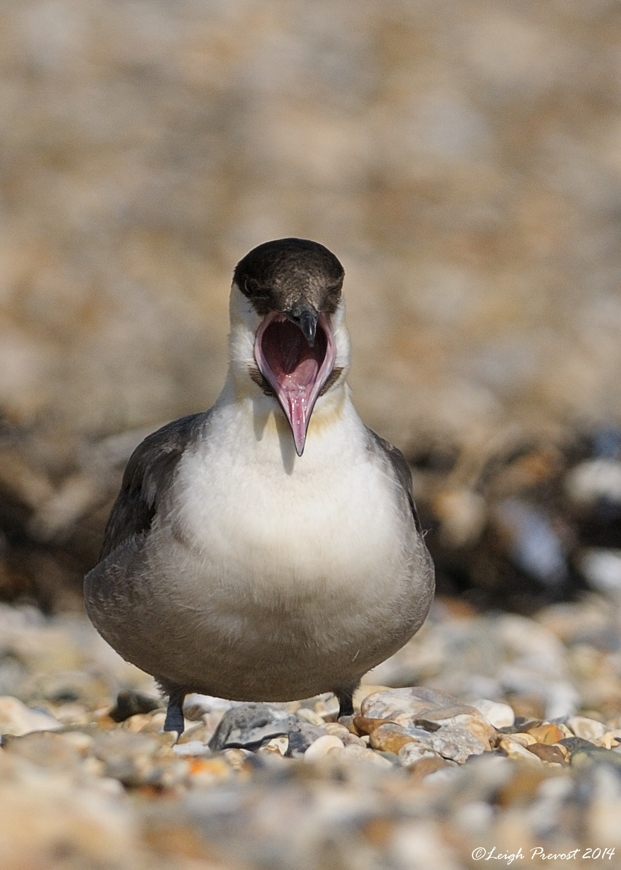
Long-tailed Skua, Church Norton, West Sussex (Photo: Leigh Prevost)

Long-tailed Skua, Church Norton, West Sussex (Photo: Jacob Everitt)
In addition to widespread Great White Egrets and numerous Glossy Ibis, a Cattle Egret remained in the Frampton and Slimbridge area of Gloucestershire until 8th and the Lincolnshire bird was still at Susworth on 11th, though the West Sussex bird was last seen near Pagham Harbour on 6th. The Night Heron was still at Seeswood Pool (Warks) on 9th, while a juvenile Purple Heron was seen a few times at Hay Moor (Somerset) on 6th and an adult was on Jersey on 7th–8th.

Glossy Ibis, Frampton Marsh RSPB, Lincolnshire (Photo: Stuart King)
There was an intriguing report of a (the?) Short-toed Eagle in Ashdown Forest (E Sussex) on 9th, though it went unconfirmed. The only piece of notable wildfowl news this week was the drake Lesser Scaup still at Blagdon Lake (Somerset). In addition to the long-stayers still at Titchwell (Norfolk) and Rainham Marshes (London), Spotted Crakes were seen at Bowling Green Marsh (Devon) on 10th–11th and Chew Valley Lake (Somerset) on 10th.

Spotted Crake, Titchwell RSPB, Norfolk (Photo: Garth Peacock)
Another good week for shorebirds saw a number of long-staying favourites still hanging around: the Black-winged Pratincole was still showing from time to time on the Ouse Washes (Cambs) until 9th, the Stilt Sandpiper stayed put at Cresswell Pond (Northumberland) throughout and North Ronaldsay's Pacific Golden Plover was still there on 11th. A notable addition to the line-up was a Terek Sandpiper at Beacon Ponds (E Yorks) for a few hours on 7th before flying off towards the Humber; the same bird was then seen at Far Ings (Lincs) on 12th.
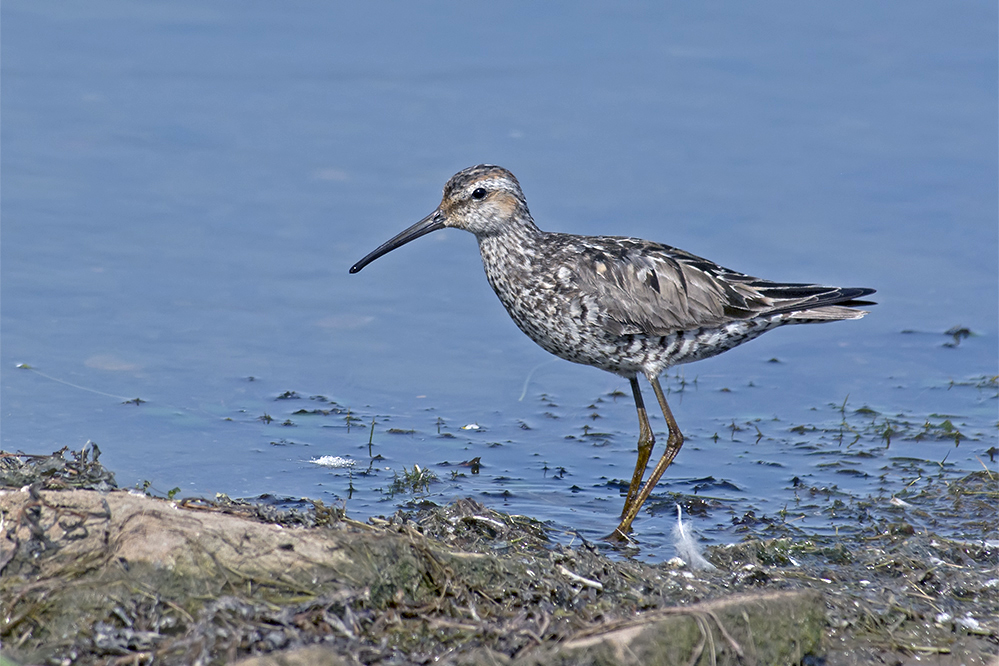
Stilt Sandpiper, Druridge Pools, Northumberland (Photo: Michael A Eccles)
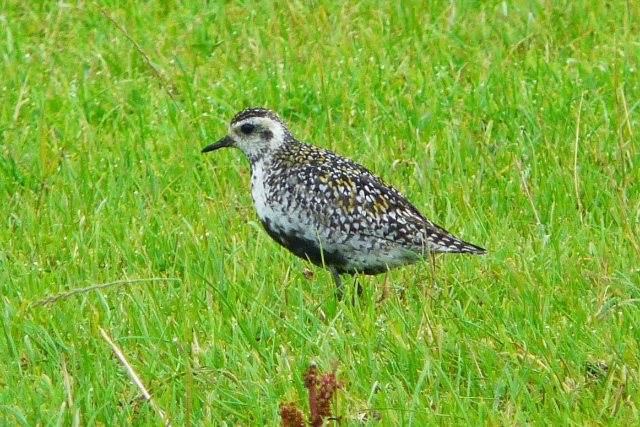
Pacific Golden Plover, North Ronaldsay, Orkney (Photo: Mark Warren/North Ronaldsay Bird Obs)

Terek Sandpiper, Far Ings NR, Lincolnshire (Photo: Mandy West)
Two Buff-breasted Sandpipers were reported from the Rogerstown Estuary (Cork) on 8th and White-rumped Sandpipers were still at Hickling Broad (Norfolk) to 9th and Gibraltar Point (Lincs) sporadically all week. Seven Pectoral Sandpipers included two at Dalmaca Pool (Ayrshire) on 11th, and other new birds at Sidlesham Ferry (W Sussex) on 7th–8th (presumably the same bird then at Pulborough Brooks from 9th) and Old Wolverton (Bucks) on 10th–11th; further birds remained in Cheshire to 7th, Hampshire to 10th and on Unst (Shetland) to 8th.

Pectoral Sandpiper, Haroldswick, Unst, Shetland (Photo: Mark Rayment)

Pectoral Sandpiper, Pennington Marshes, Hampshire (Photo: Simon Johnson)
Though they breed on the Shetland archipelago, the arrival of a Red-necked Phalarope to Fair Isle on 6th was a significant record for the island, as was another at Haroldswick, Unst, on 8th. Frampton Marsh (Lincs) continues to enjoy a fine year, cashing in with a juvenile on 10th–11th. The Black-winged Stilt families remained in West Sussex and Suffolk respectively; the Sussex birds were still at Pulborough Brooks to 10th before relocating back to Sidlesham Ferry on 11th, while the Suffolk birds were again seen sporadically around the Cavenham area. A juvenile was reported from Keyhaven Marshes (Hants) on 8th.

Red-necked Phalarope, Frampton Marsh RSPB, Lincolnshire (Photo: J Farmer)
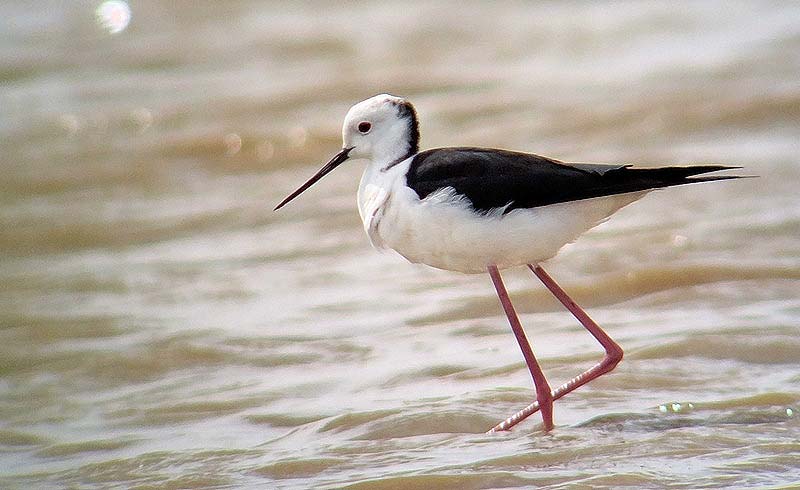
Black-winged Stilt, Cavenham Heath NNR, Suffolk (Photo: Barry Woodhouse)
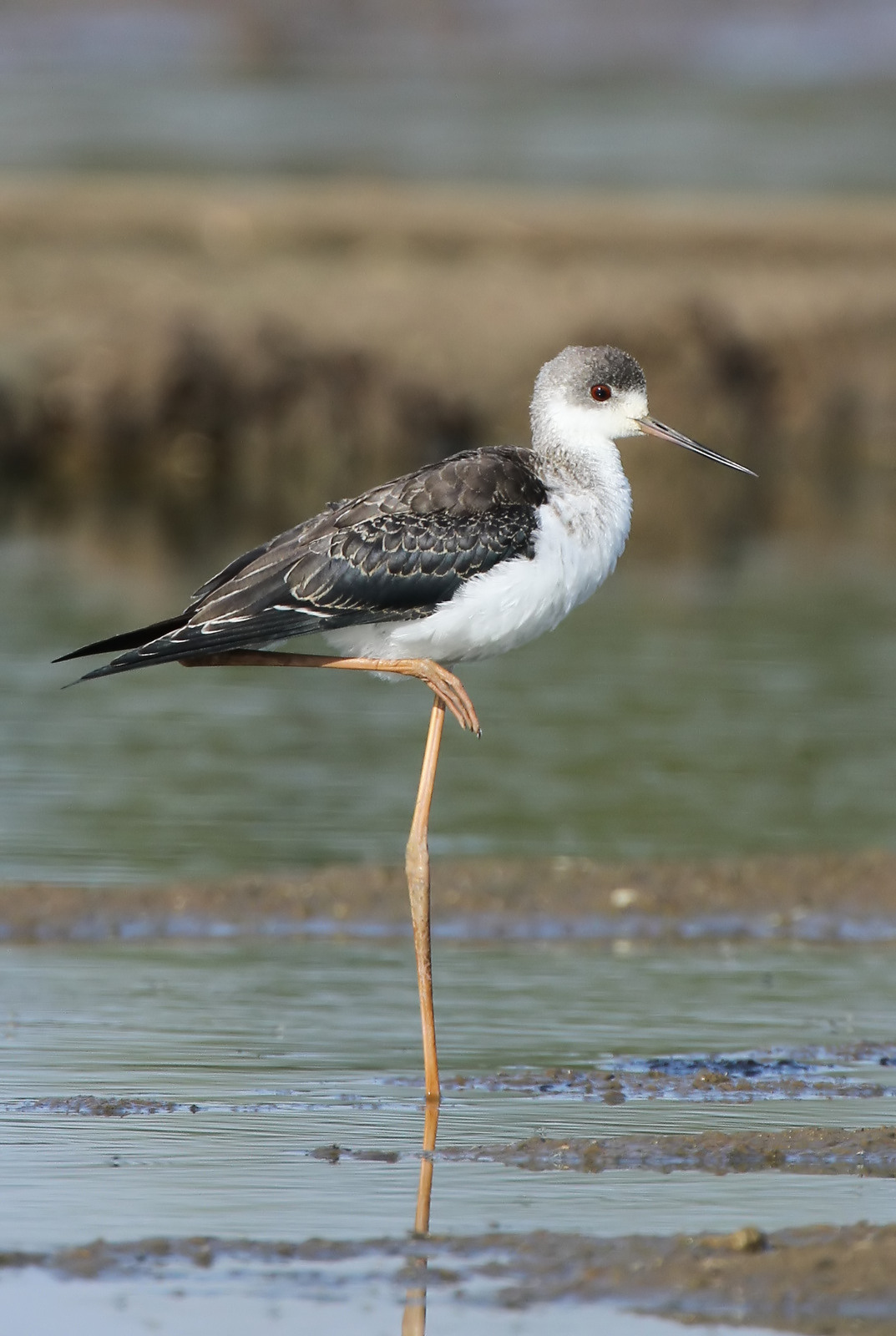
Black-winged Stilt, Cavenham Heath NNR, Suffolk (Photo: Adi Sheppard)
There were no rare terns this week, but the Bonaparte's Gull was still on Oare Marshes (Kent) on 10th and the Laughing Gull remained at Ballycotton pier (Cork) to 12th. Ever since its premature departure from Breydon Water, we've been saying that the Franklin's Gull would turn up somewhere else in Norfolk before long — and so it proved: the bird stopped in at Cley Marshes for a matter of minutes in the late evening on 6th before continuing west towards Blakeney Harbour. Where next?
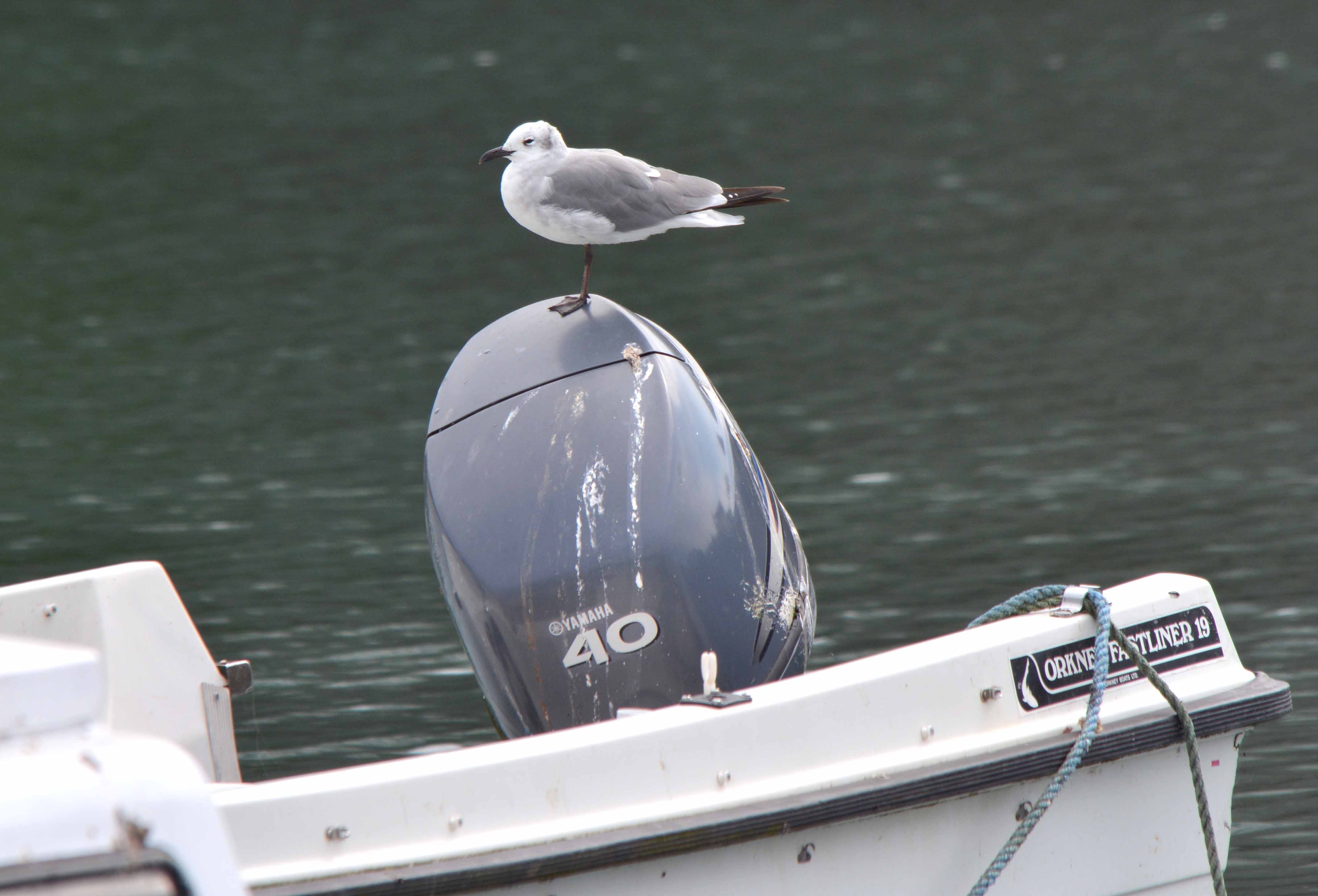
Laughing Gull, Ballycotton, Cork (Photo: Richard Mills)
On the Isle of Wight, the family of Bee-eaters weathered the week's storm and were still present on 12th; it can't be long now before we see the young fledge, assuming all is well. A Hoopoe was reported from Mountfield (E Sussex) on 6th, while a very good description of a Great Spotted Cuckoo was received on 7th, albeit in bizarre circumstances — the bird was seen flying from the west side of Cowes (IoW) and away across the Solent towards Hampshire! Needless to say, it hasn't been seen again. In a poor year for the species, an Alpine Swift seen over Kingsdown (Kent) on 9th was notable.
An early run of scarce drift migrants to the Northern Isles was topped by a troublesome Iduna warbler at Symbister, Whalsay (Shetland) on 10th–11th. Though initially reported as a Sykes's Warbler, photos appear to show a bird whose appearance is much more consistent with Booted Warbler. A smart Citrine Wagtail showed well on Bardsey Island (Gwynedd) on 8th–11th and was typically photographed extremely well by the team on the island.

Citrine Wagtail, Bardsey Island, Gwynedd (Photo: Ben Porter)

Citrine Wagtail, Bardsey Island, Gwynedd (Photo: Steve Stansfield)
Shetland Greenish Warblers graced Fair Isle on 6th, Exnaboe/Virkie, Mainland, on 7th and Sumburgh, Mainland, on 11th, while North Ronaldsay (Orkney) hit back with Icterine Warbler on 7th and two Barred Warblers on 10th — other Barreds were on Fair Isle on 7th and Out Skerries on 8th. The latter also produced one of the week's two Common Rosefinches, with another trapped at Askernish, South Uist (Outer Hebrides) on 10th. A Wryneck was on Fair Isle on 7th while, back on the mainland, the male Red-backed Shrike was last reported from Quainton Hills (Bucks) on 9th.

Greenish Warbler, Pool of Virkie, Mainland, Shetland (Photo: Roger Riddington)

Icterine Warbler, North Ronaldsay, Orkney (Photo: Mark Warren/North Ronaldsay Bird Obs)
Photo of the Week

Peregrine, undisclosed site, Derbyshire (Photo: Robert Booth)
Another extremely tough choice this week but, for the action and degree of difficulty I had to go for Robert Booth's pair of Peregrines, presumably engaged in a food pass (or dispute!) — this is a real sight to witness even through binoculars or a telescope, but to capture it through a lens is an excellent achievement.
The shutter speed of 1/3200th second has been used to freeze the frantic action and, with their bills wide open, you can almost hear the birds calling as they scream against the perfect blue-sky background. Congratulations to Rob on this week's winning shot: it must have been great to have seen those birds performing so well.
Other notable images

Sanderling, Balranald RSPB, N.Uist, Outer Hebrides (Photo: Marcus Conway - ebirder)

Swallow, Bawdsey, Suffolk (Photo: John Richardson)

Peregrine, Belper, Derbyshire (Photo: Simon Richardson)

Great Crested Grebe, Lackford Lakes SWT, Suffolk (Photo: Nick Brown)

Kingfisher, undisclosed site, Norfolk (Photo: Stephen Durrant)

Little Ringed Plover, Minsmere RSPB, Suffolk (Photo: John Richardson)

Spotted Redshank, Titchwell RSPB, Norfolk (Photo: Garth Peacock)

White-tailed Eagle, Loch na Keal, Mull, Argyll (Photo: Brian Harrison)

Gannet, Hermaness NNR, Unst, Shetland (Photo: Robbie Brookes)

Great Shearwater, Scilly pelagic, Isles of Scilly (Photo: Joe Pender)

Barn Owl, Heanor, Derbyshire (Photo: Robert Booth)

Kingfisher, undisclosed site, Suffolk (Photo: Neil Rolph)


